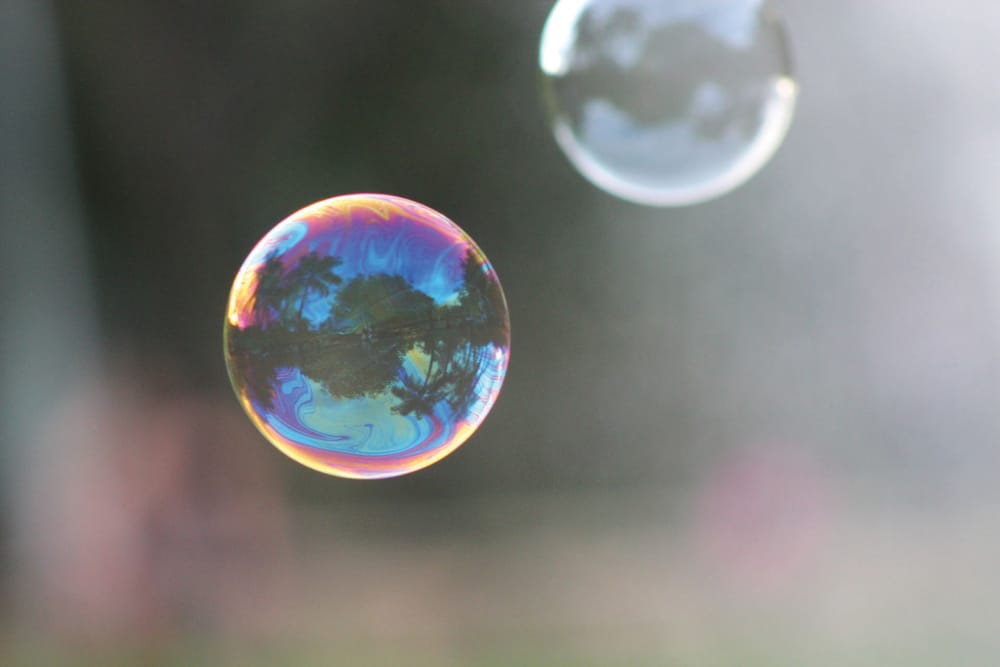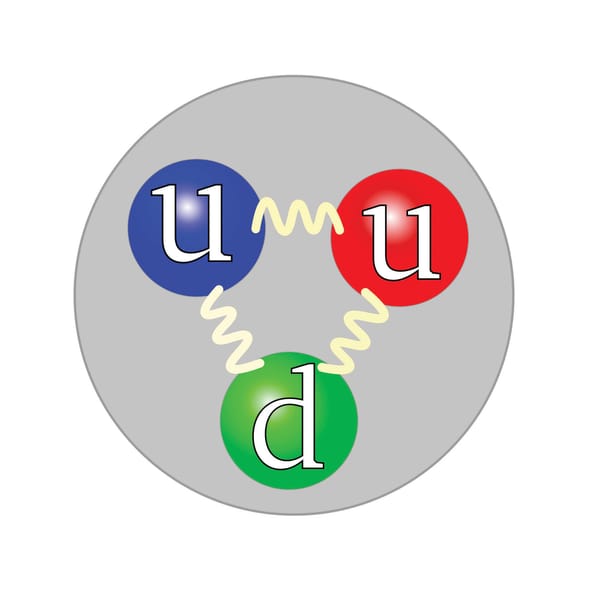Electricity and Bubbles
Pavitar Devgon asks what ever could go wrong...

Blowing bubbles from soapy water has been a favourite past time for all of us. Struggling as we try to catch them before the breeze takes them higher and higher provided us with hours of delight. We never gave a thought to the physics behind it, because, well, that would ruin the fun.
Bubbles usually do not last for too long, and if we had restrained ourselves enough, we would have seen them pulled back under gravity by their own weight. It’s true, bubbles do have a mass (a very small one at that). Bubbles are a good example of nanofluids; fluids with a thickness of the order of nanometres. Research has been going on in the area of microfluids and nanofluids, with the challenge of driving flows through ever smaller channels.
A research group from the University of Lyon have looked into the electrokinetic properties of soft, deformable nanofluids, with some surprising results. Soap films were the fluid of choice for the team because they are easy to produce, nanometres thick and are a perfect balance between liquid pressure and surface tension. The experiment consisted of balancing a cylinder of the fluid between two platinum coated glass electrodes. The film is protected from evaporation by hermetically sealing in a water saturated atmosphere.
Applying a small potential difference between the closely spaced electrodes (5.5mm) caused a large electric field to be created within the bubble, altering its thickness and flow rate. Before passing a current through it, the film’s thickness and conductance is recorded, and once energised, the conductance to a plateau after around 100s, due to the conducting surface becoming saturated. This provided a calibration method to infer the thickness of the fluid from its conductivity.
The second stage was to swap the AC supply for a constant DC one, in the same direction as gravity. The result was a net movement of fluid from bottom to top, against the pull of gravity, a phenomenon known as electro-osmosis. Interestingly, a change in colour in the bubble was observed when the electric field was changed rapidly, as the film’s walls fattened quickly. By solving the resulting equations, taking into account gravitational, electrical and viscous forces, the team concluded that the thickness of the bubble is formed in equilibrium from the electricity and capillary suction. The team also note: “Adapting this study to a real foam structure with films, nodes, and plateau borders is a great challenge in order to use this phenomenon in real systems.”
So, spare a thought for this subtle balancing act next time you see a lonely bubble floating in the sky.









